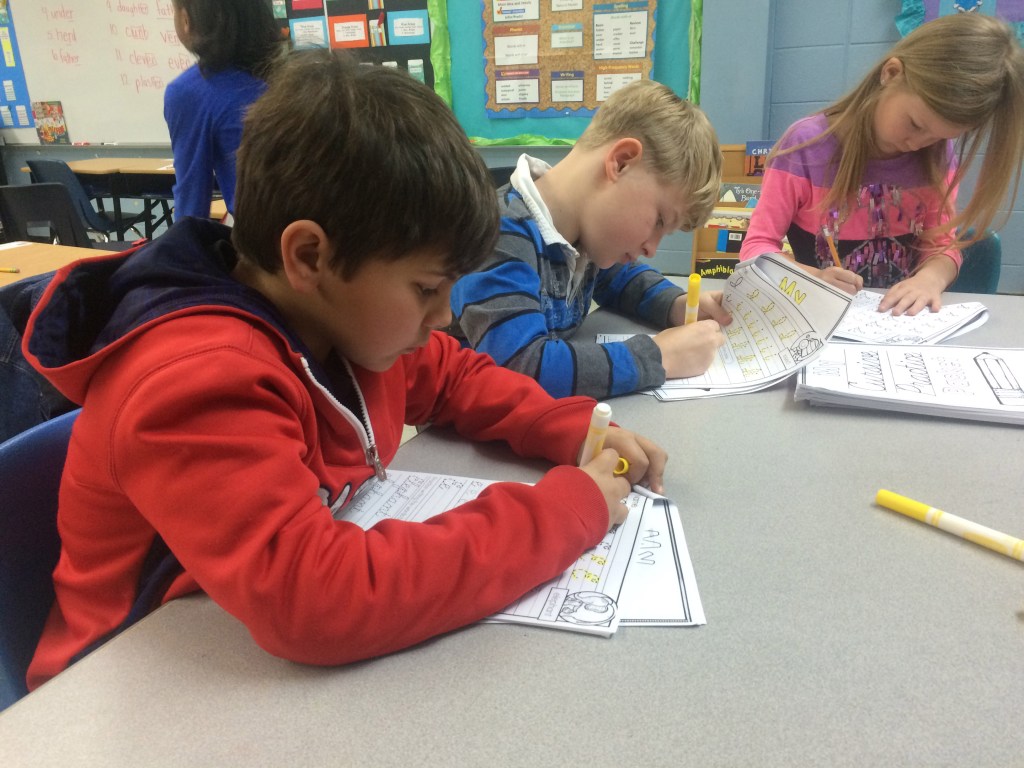Lafayette County students learn cursive handwriting
Published 12:00 pm Thursday, February 25, 2016

- Lafayette Elementary students, from left, Ryan Houston, Jackson Burrow, and Kaylee Wilson work on their cursive writing skills.
Students in the Lafayette County School District will learn more cursive writing skills this year.
The new College and Career-Readiness Standards for English Language Arts now requires teachers to teach cursive until sixth grade. Previously it was not taught prominently past second grade in county schools.
“The recommendation for the new Mississippi College and Career-Readiness Standards is for students to be proficient in print, cursive writing and keyboarding by the end of fifth grade,” Curriculum Director Jeremy Stinson said.
Stinson said cursive research has two vastly different findings. Some research has indicated cursive as outdated and unnecessary, but other studies give evidence that cursive writing enhances learning across all disciplines.
Concordia University at Portland research showed students who learn cursive develop more areas of the brain that relate to motor skills, muscle development and comprehension. Cursive has even been linked to decreasing dyslexic tendencies.
“Cursive handwriting is so much more than written text,” Lafayette second-grade teacher Sandy Brown said.
Brown said cursive also stimulates brain synapses and synchronicity between the left and right hemispheres, something students miss when practicing printing, typing or keyboarding skills.
Some parents, like Kate Meacham, decided to teach cursive at home to make up for the gap in learning at school. She began teaching him in third grade since he only learned the basics in class.
“As a skill and an art form I think it is important,” Meacham said.
Meacham said cursive should be emphasized more in school because of its historical significance. If students are not able to read cursive, they cannot read many historical documents, which have been influential for centuries.
Some parents also do not want to lose the tradition of signatures.
Brown said in addition to learning skills, cursive makes students feel mature and confident in their writing.
“When I see the little brains working so hard at creating the cursive strokes of the alphabet and applying it to words, the classroom becomes one happy place,” Brown said.




